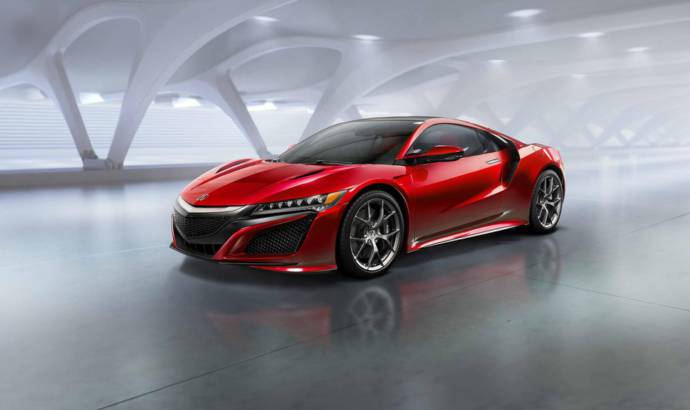After it was officially introduced during this January Detroit Motor Show and then made its European debut during Geneva Motor Show, the new Acura or Honda NSX reveals more of its secrets.
"For this new NSX development, anything and everything that could offer incredible base rigidity and lightweight design was on the table," said Shawn Tarr, principal engineer and Acura NSX body development leader.
The previous generation NSX had a thin A-pillar that provided very good outward visibility. Reflecting this heritage with modern rigidity and roof crush performance requirements demanded this new, ultra-high-strength production method, the world’s first application of ablation casting technology in the automotive industry.
The aluminum-intensive space frame is complimented with precisely crafted ultra-high-strength steel and anchored with a carbon fiber floor together producing body performance.
The all-new NSX employs 10 air-cooled heat exchangers responsible for cooling the front twin-motor unit (TMU), twin-turbo V6 engine, rear direct-drive electric motor and 9-speed dual clutch transmission (DCT).
The all new, twin-turbocharged 3.5-liter V6 engine at the heart of the Sport Hybrid SH-AWD power unit requires the greatest cooling and receives it through three radiators: one center and two side units to get maximum airflow volume and efficiency.
The 9-speed DCT is cooled by two heat exchangers, one mounted in front of the left engine sub-radiator and the other in the engine compartment.

23 Apr 2015
0


